babidoll85
TPF Noob!
- Joined
- Nov 7, 2007
- Messages
- 32
- Reaction score
- 0
- Location
- Upstate NY
- Can others edit my Photos
- Photos OK to edit
So I am trying to get out of the auto mode and have been doing some studying, but I guess I need a little clarification.
I have been getting some info on aperture and shutter speeds. I get aperture. I get that the lower the number equals the bigger the opening which lets more light in. Ok I think I also get shutter speed.....A faster shutter speed needs a larger aperture (1.4 for instance) and vice versa. So what exactly is a fast shutter speed? and what is slow? I understand the aperture numbers but haven't quite gotten this yet. Thanks for any advice!!!
I have been getting some info on aperture and shutter speeds. I get aperture. I get that the lower the number equals the bigger the opening which lets more light in. Ok I think I also get shutter speed.....A faster shutter speed needs a larger aperture (1.4 for instance) and vice versa. So what exactly is a fast shutter speed? and what is slow? I understand the aperture numbers but haven't quite gotten this yet. Thanks for any advice!!!


![[No title]](/data/xfmg/thumbnail/32/32698-38e2346942223e17b43fb958f66064c1.jpg?1619735601)
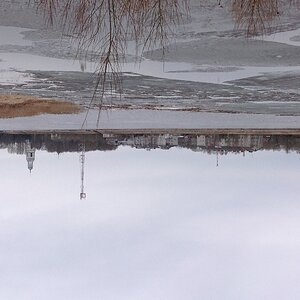
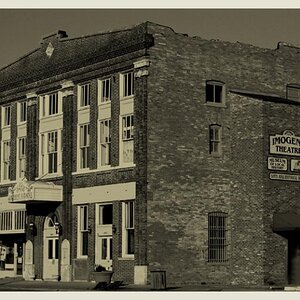
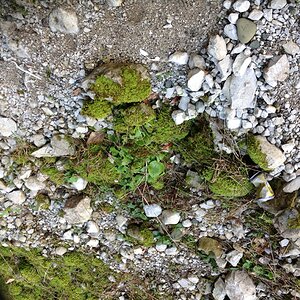
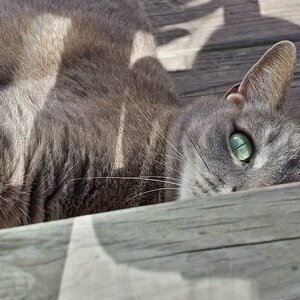
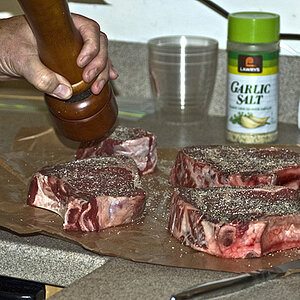
![[No title]](/data/xfmg/thumbnail/37/37604-7ad625e983f92f880eb65a264eeef5e4.jpg?1619738148)
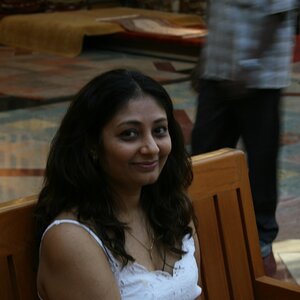
![[No title]](/data/xfmg/thumbnail/37/37605-90c8efaef5b7d1f52d4bf8e7dfd33673.jpg?1619738148)
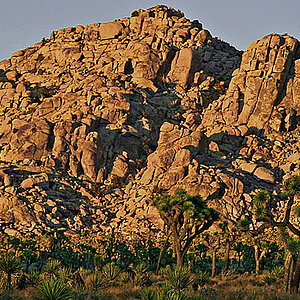
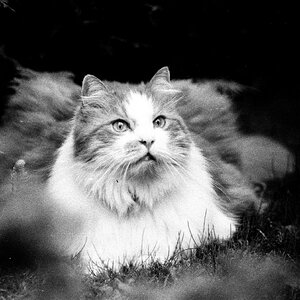
![[No title]](/data/xfmg/thumbnail/32/32702-7344d6e6132276dd7bfc046084fea432.jpg?1619735604)